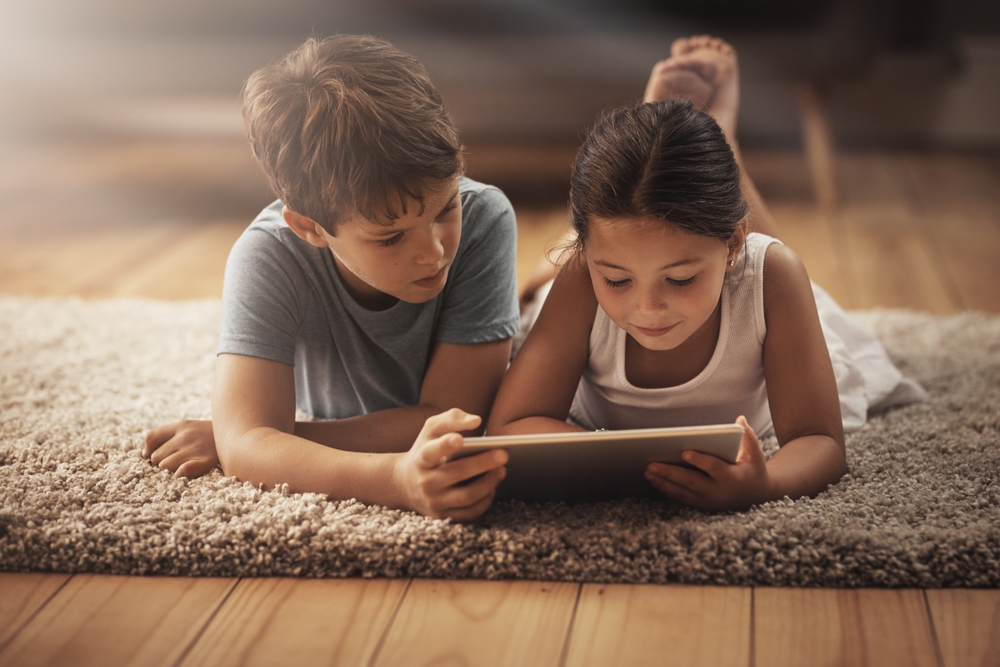Children are naturally creative, and engaging them in the arts can profoundly affect their development. Painting, music, and dance are enjoyable activities and powerful tools for learning, emotional expression, and social interaction. At Advanced Pediatrics of Rockland, we believe in the importance of nurturing creativity in children. This blog explores the benefits of painting, music, and dance, and how they can contribute to your child’s overall well-being.
Painting: Unleashing Creativity and Enhancing Cognitive Skills
Painting is more than just a fun activity; it is a vital part of a child’s development. When children pick up a brush, they create art and develop essential cognitive and motor skills. Painting encourages kids to express their thoughts and feelings visually, which is particularly important for those who may struggle to communicate verbally.
- Cognitive Benefits: Painting helps children develop critical thinking and problem-solving skills. As they decide what colors to use, how to blend them, and what shapes to create, they exercise their brains to support cognitive development. Research shows that engaging in visual arts like painting can improve memory, enhance attention span, and foster innovation.
- Motor Skills Development: The physical act of painting, whether holding a brush, mixing colors, or drawing on canvas, helps children develop fine motor skills. These skills are essential for tasks that require hand-eye coordination, such as writing, typing, and even playing musical instruments.
- Emotional Expression: For many children, painting is a way to express emotions they may not yet have the words to articulate. It provides a safe and constructive outlet for feelings, helping them process experiences and emotions healthily. This can be particularly beneficial for children who are shy or introverted, offering them a non-verbal way to communicate their inner world.
Music: Developing Communication and Emotional Intelligence
Music is a universal language that resonates with children of all ages. Children are drawn to rhythms and melodies from a young age, and participating in musical activities can have a lasting impact on their development.
- Enhancing Communication Skills: Playing an instrument, singing, or listening to music can significantly enhance a child’s communication skills. Music requires attention to detail, listening, and sometimes even learning a new language (such as reading music). These activities help children develop their ability to listen, understand, and respond, which are crucial to effective communication.
- Boosting Emotional Intelligence: Music is deeply connected to emotions, and exposure to different types of music can help children understand and express their feelings. Studies have shown that children who engage in musical activities tend to have higher emotional intelligence. They can better recognize their own emotions and empathize with others, which is a key component of social development.
- Building Social Connections: Participating in group music activities, such as a choir or a band, teaches children teamwork and cooperation. These experiences foster a sense of belonging and help children build strong social connections, vital for their emotional and psychological health.
Dance: Promoting Physical Health and Self-Expression
Dance is a dynamic and expressive art form that offers children numerous physical, emotional, and social benefits. Whether it’s ballet, hip-hop, or freestyle, dance provides an excellent outlet for children to express themselves while staying active.
- Physical Fitness: Dance is a full-body workout that helps children develop strength, flexibility, and coordination. Regular physical activity through dance improves cardiovascular health, enhances muscular development, and contributes to overall physical fitness. Additionally, dance encourages good posture and balance, essential for physical health as children grow.
- Boosting Confidence: One of the most significant benefits of dance is its ability to boost a child’s self-confidence. As children learn new dance moves and routines, they gain a sense of accomplishment and pride in their abilities. Performing in front of others, whether in a class or on stage, helps children overcome shyness and builds their confidence in public speaking and social interactions.
- Cultural Awareness: Dance often incorporates elements from various cultures around the world. By learning different dance styles, children gain a deeper appreciation and understanding of diverse cultural traditions. This exposure to different cultures through dance promotes inclusivity and broadens a child’s worldview.
Integrating Creative Arts into Your Child’s Routine
Incorporating creative arts like painting, music, and dance into your child’s routine doesn’t have to be complicated. Here are some practical tips to help you nurture their creativity:
- Provide the Tools: Ensure your child can access basic art supplies, musical instruments, or dance classes. These tools allow them to explore and develop their creative skills at home.
- Encourage Exploration: Allow your child to experiment with different forms of art. They may enjoy painting one day and music the next. Encouraging exploration will help them discover what they are passionate about.
- Make It a Family Activity: Engage in creative activities as a family. Whether it’s painting together, having a family dance-off, or attending a music concert, these experiences can strengthen family bonds while nurturing your child’s creativity.
- Support Their Interests: If your child is strongly interested in a particular art form, consider enrolling them in classes or workshops. Professional instruction can further develop their skills and give them a sense of accomplishment.
A Creative Path to Well-Being
Engaging in creative arts like painting, music, and dance offers children more than just a fun pastime; it provides them with essential tools for personal development. These activities support cognitive growth, emotional expression, social skills, and physical health. At Advanced Pediatrics of Rockland, we encourage parents to explore these creative outlets with their children to help them flourish in all areas of life. By nurturing your child’s creative spirit, you’re fostering their artistic talents and contributing to their overall well-being and happiness.
Sources:
- Winner, E., & Hetland, L. (2000). The Arts and Academic Achievement: What the Evidence Shows. Journal of Aesthetic Education.
- Hallam, S. (2010). The Power of Music: Its Impact on the Intellectual, Social, and Personal Development of Children and Young People. International Journal of Music Education.
- Hanna, J. L. (2008). A Nonverbal Language for Imagining and Learning: Dance Education in K–12 Curriculum. Educational Researcher.






 In CA By O360®
In CA By O360®